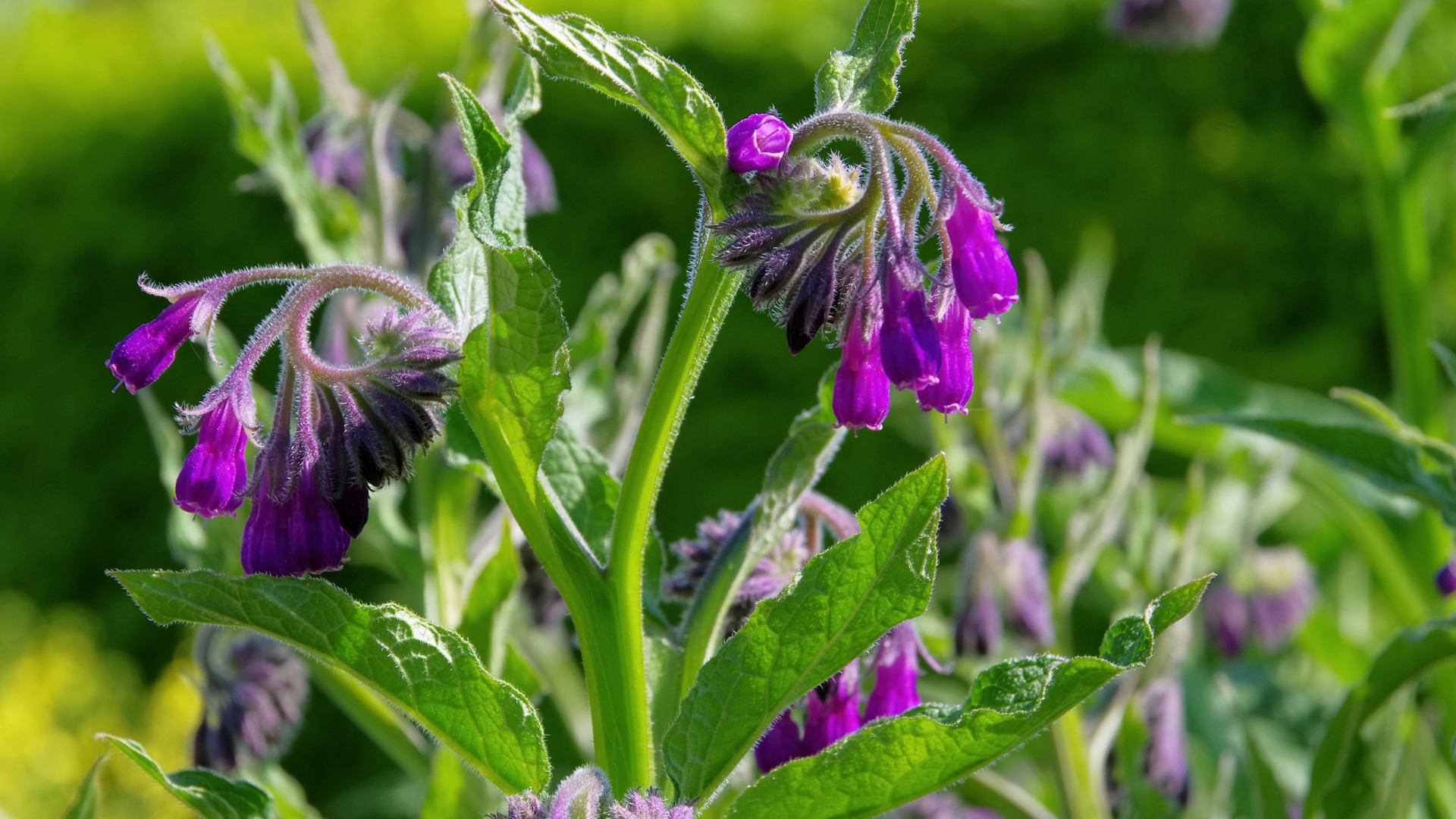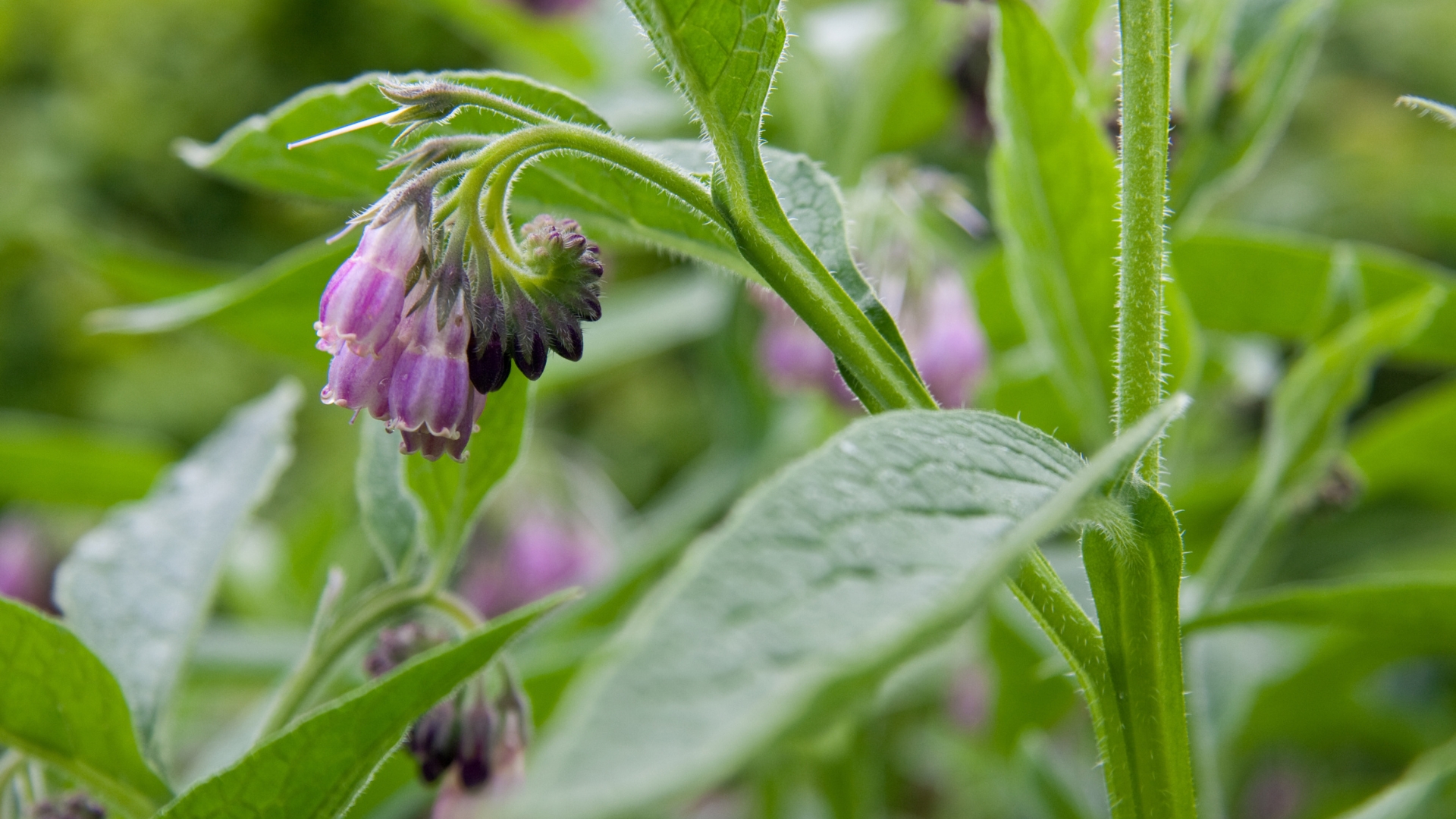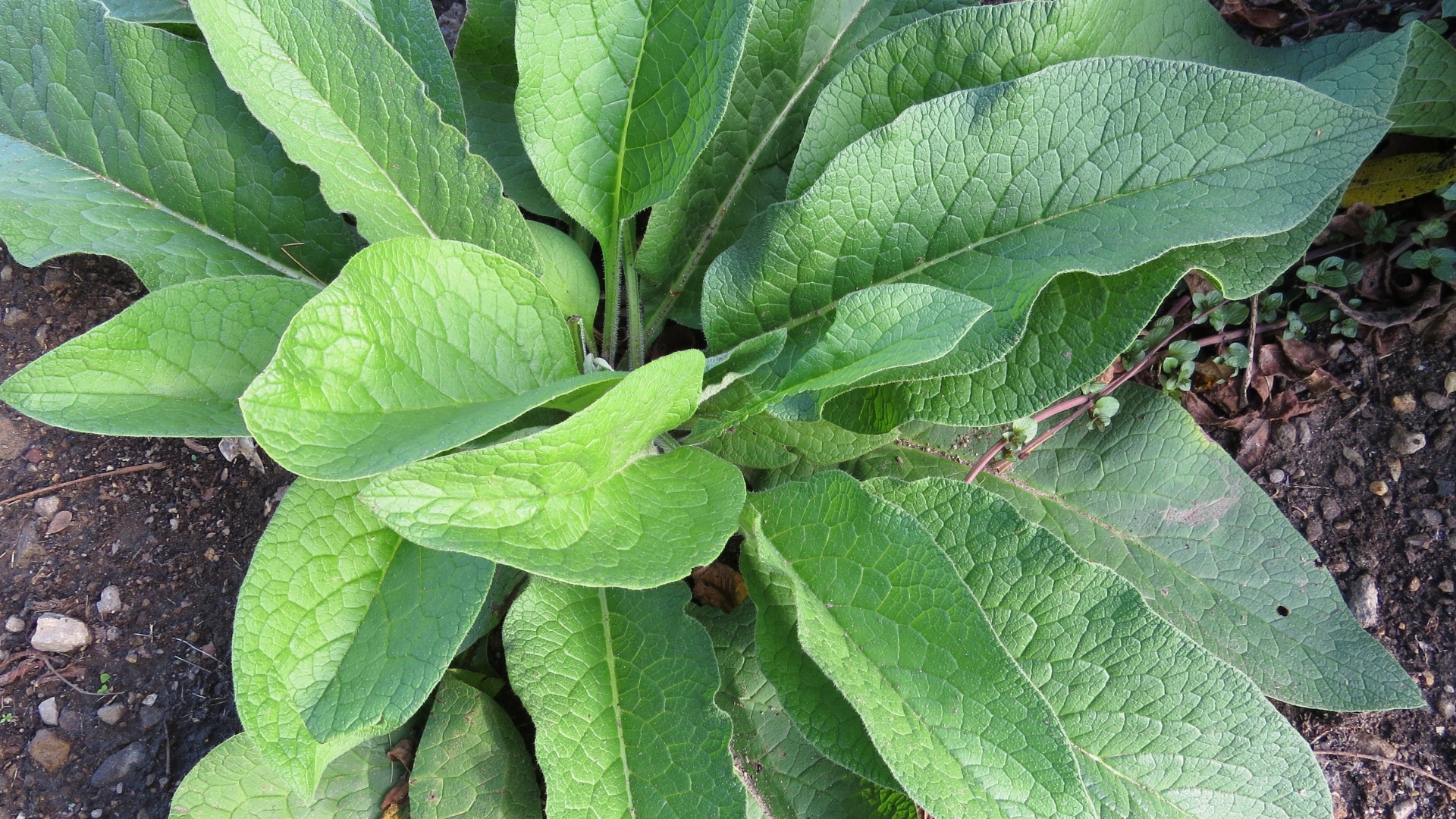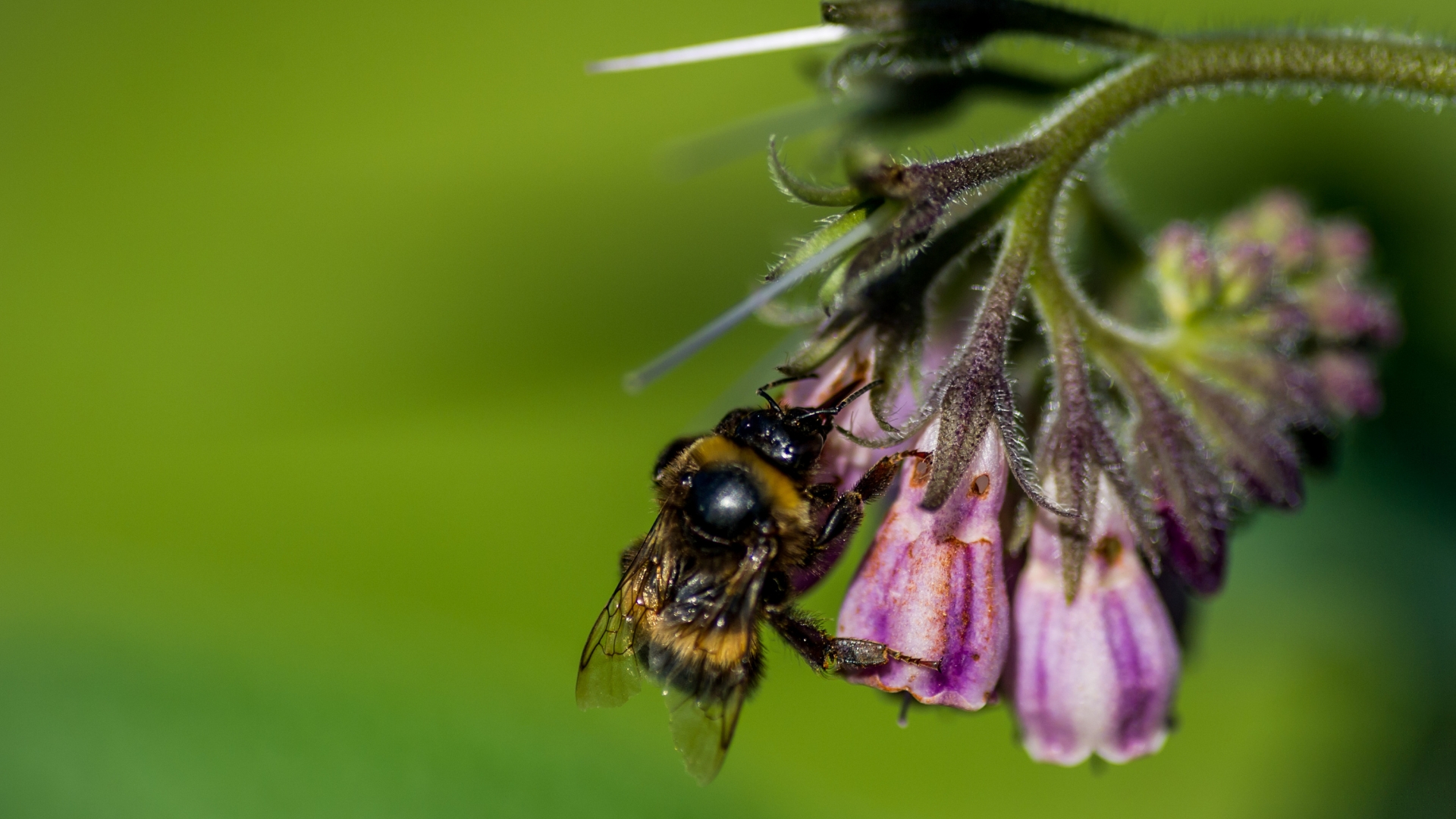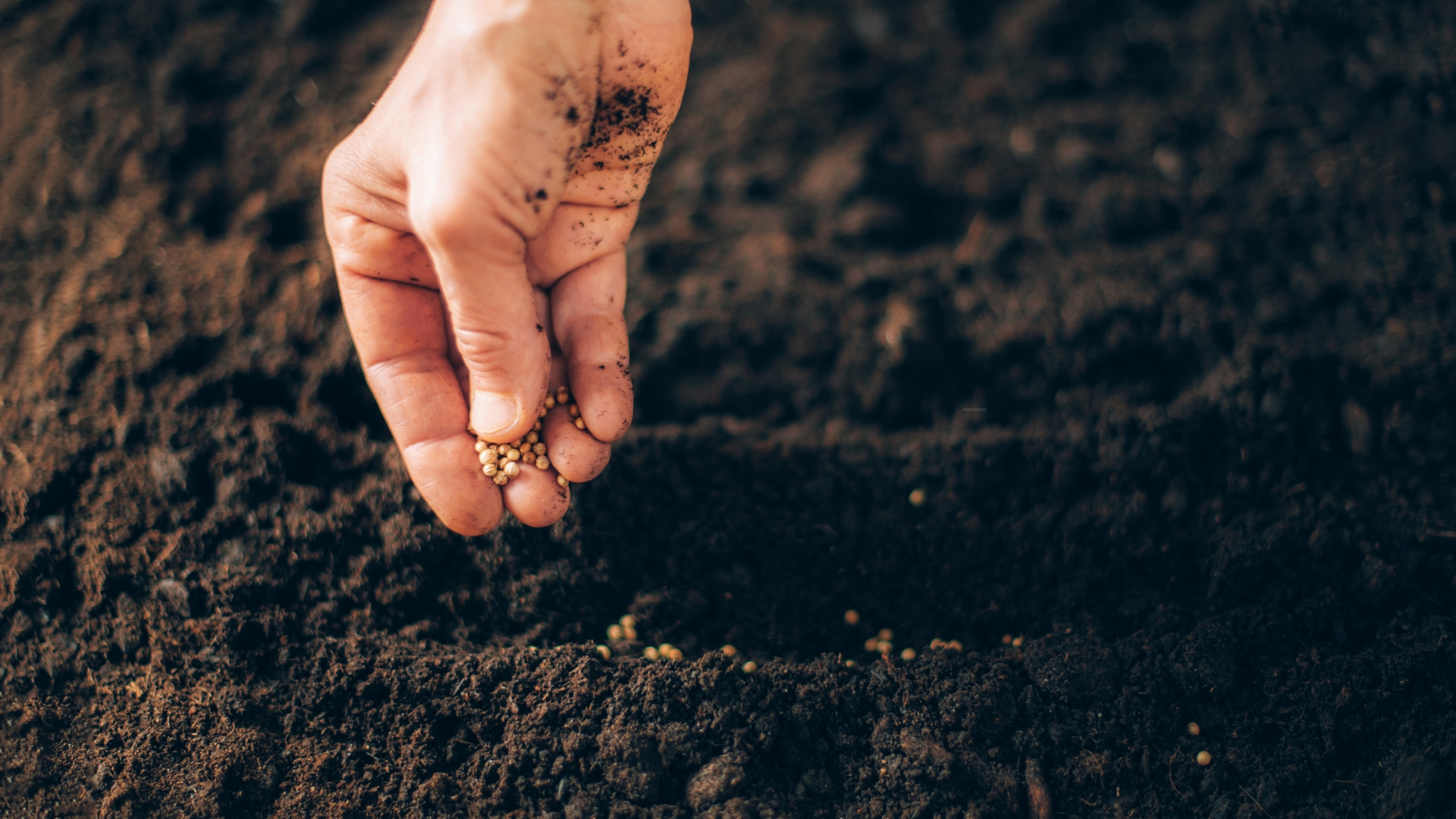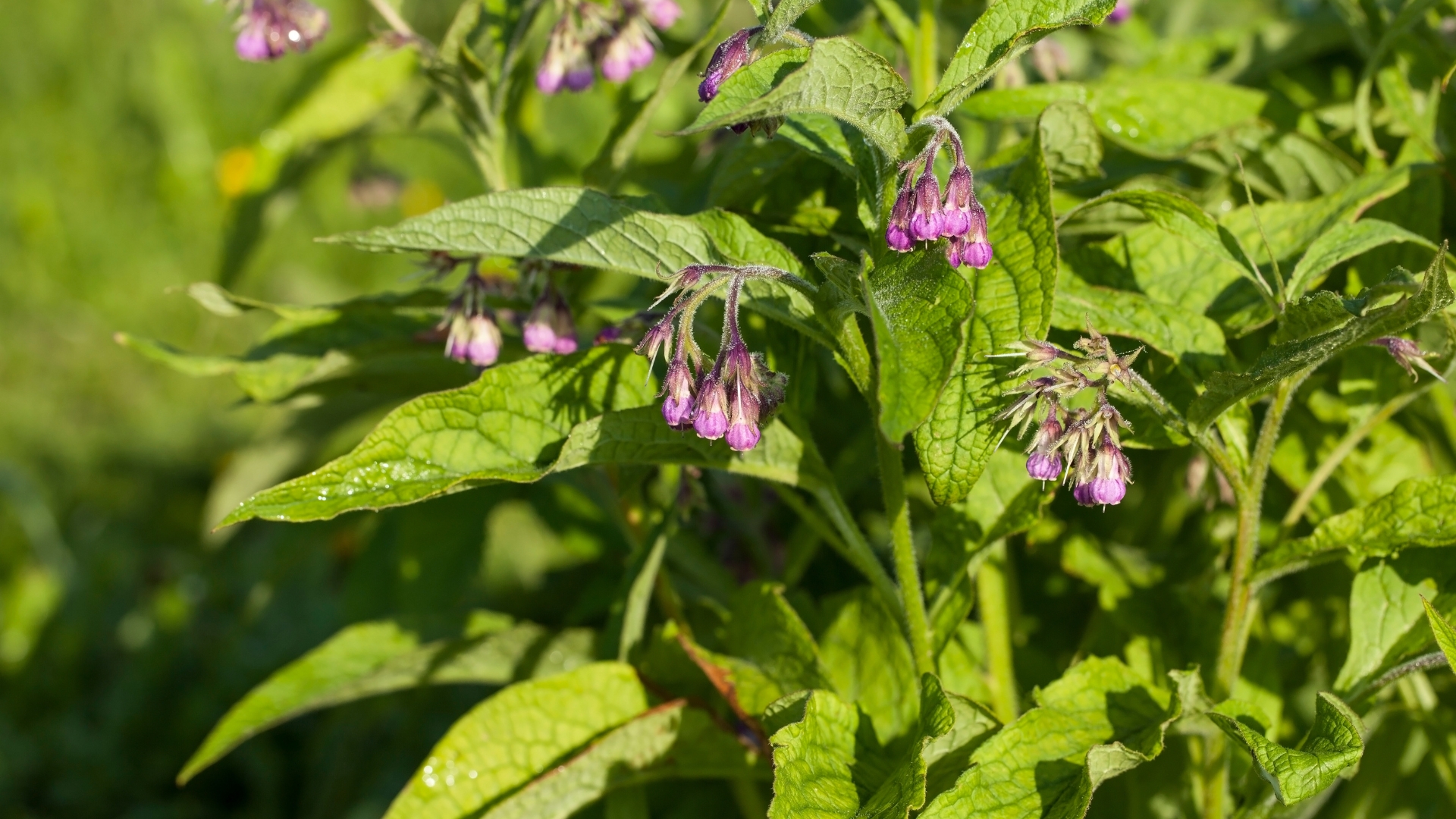I’ve always believed that good soil is the backbone of a thriving garden, but what if I told you there’s a plant that does some of the heavy lifting for you?
It’s like having a secret weapon buried beneath the surface – quietly improving your soil while you reap the rewards.
Stick around, because this under-the-radar plant is about to become your garden’s best-kept secret.
Comfrey Is All Your Soil Needs
Comfrey is the kind of plant that makes an impact without demanding much in return.
Its large, lush leaves seem to multiply overnight, and its deep roots make it nearly impossible to get rid of – though I’d never want to!
With origins in Europe and Asia, it’s been valued for centuries, yet it still feels like an underrated gem in modern gardening.
Why Add Comfrey?
Healthy soil doesn’t happen overnight, but comfrey comes pretty close to speeding up the process.
Unlike shallow-rooted plants that rely on surface nutrients, comfrey sends its deep taproots far into the ground, mining essential minerals like potassium, calcium, and phosphorus from the subsoil.
These nutrients, often out of reach for other plants, are drawn upward and stored in comfrey’s lush, fast-growing leaves.
Once those leaves are cut back and left on the soil’s surface, they decompose quickly, releasing a rich supply of organic matter and nutrients right where plants need them most.
This natural mulch not only feeds the soil but also improves its structure, helping it retain moisture and resist erosion.
Over time, comfrey acts like a living composting system, cycling nutrients effortlessly without requiring extra effort from the gardener. It’s nature’s way of fertilizing – straight from the plant to the soil, creating the perfect foundation for a thriving garden
Comfrey Also Helps Your Garden In Other Ways
Comfrey isn’t just a soil booster – it brings a whole range of benefits that make gardening easier.
This tough, resilient plant thrives with little attention, growing quickly and returning year after year without the need for replanting.
Beyond its ability to enrich the soil, comfrey also acts as a natural weed suppressant. Its dense foliage spreads out and shades the ground, preventing unwanted plants from taking over.
At the same time, its deep root system holds the soil together, reducing erosion and improving drainage.
Its flowers attract pollinators like bees and butterflies, supporting a healthy ecosystem that helps other plants thrive. Some gardeners even use comfrey as a trap crop, planting it near vegetables to lure slugs and other pests away from more delicate plants.
On top of all that, comfrey can be harvested multiple times a season, making it a renewable source of mulch and natural fertilizer.
Tips For Planting Comfrey
Finding the right spot for comfrey can make all the difference in how well it supports your garden.
This deep-rooted plant thrives in a variety of conditions, but once it’s established, it’s not easy to move—so choosing the right location from the start is key.
Whether it’s tucked into a corner of the garden, planted along borders, or placed near compost bins, comfrey will adapt and get to work enriching the soil.
Because comfrey grows vigorously, giving it enough space is important. Its large, leafy canopy spreads quickly, making it an excellent choice for suppressing weeds around fruit trees, vegetable beds, or even along pathways where other plants struggle to compete.
While it doesn’t take over like invasive species, its strong root system means it will return year after year, providing a steady supply of mulch and nutrients.
Many gardeners use comfrey as a companion plant, placing it strategically to improve nearby soil without disturbing delicate crops. It pairs well with heavy-feeding plants like tomatoes, squash, and brassicas, creating a natural source of nutrients over time.
And Here’s How To Make It Thrive
Once established, comfrey is remarkably drought-tolerant, though regular watering helps it grow faster and produce more lush, nutrient-packed leaves.
Deep watering is especially beneficial, encouraging its roots to reach even further into the soil, where they can access hidden minerals and moisture reserves.
Unlike many garden plants, comfrey doesn’t need heavy feeding to stay strong. In fact, it thrives without added fertilizers, as its deep roots pull nutrients from the subsoil.
However, giving it a boost with compost or well-rotted manure in early spring can encourage even more vigorous growth, especially in poor soil.
Pruning is where comfrey truly shines. Cutting back the leaves multiple times throughout the season not only prevents it from spreading too far but also provides a steady supply of mulch and natural fertilizer for the garden.
The more it’s harvested, the more it grows back, making it a reliable, self-renewing source of organic matter.
Well, comfrey does the hard work underground so your garden can thrive above it. Give it a spot, and let nature do the rest!

